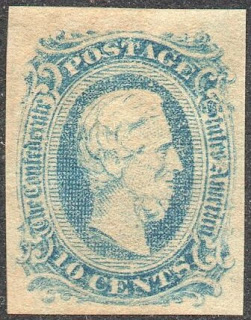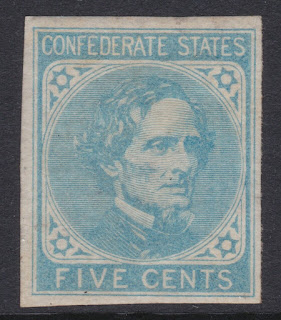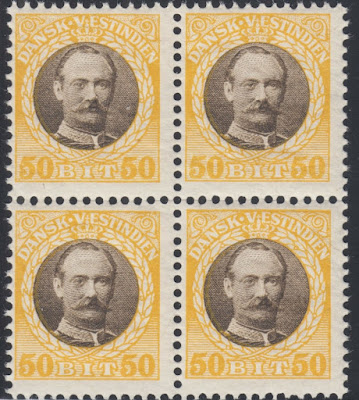1808 Born: Jefferson Davis, American colonel and politician, President of the Confederate States of America (d. 1889)
Jefferson Finis Davis (June 3, 1808 – December 6, 1889) was an American politician who served as the president of the Confederate States from 1861 to 1865. As a member of the Democratic Party, he represented Mississippi in the United States Senate and the House of Representatives before the American Civil War. He previously served as the United States Secretary of War from 1853 to 1857 under President Franklin Pierce.
Davis was born in Fairview, Kentucky, to a moderately prosperous farmer, the youngest of ten children. He grew up in Wilkinson County, Mississippi, and also lived in Louisiana. His eldest brother Joseph Emory Davis secured the younger Davis's appointment to the United States Military Academy. After graduating, Jefferson Davis served six years as a lieutenant in the United States Army. He fought in the Mexican–American War (1846–1848), as the colonel of a volunteer regiment. Before the American Civil War, he operated a large cotton plantation in Mississippi, which his brother Joseph gave him, and owned as many as 113 slaves. Although Davis argued against secession in 1858, he believed that states had an unquestionable right to leave the Union.
Davis married Sarah Knox Taylor, daughter of general and future President Zachary Taylor, in 1835, when he was 27 years old. They were both stricken with malaria soon thereafter, and Sarah died after three months of marriage. Davis recovered slowly and suffered from recurring bouts of the disease throughout his life. At the age of 36, Davis married again, to 18-year-old Varina Howell, a native of Natchez, Mississippi, who had been educated in Philadelphia and had some family ties in the North. They had six children. Only two survived him, and only one married and had children.
Many historians attribute some of the Confederacy's weaknesses to the poor leadership of Davis. His preoccupation with detail, reluctance to delegate responsibility, lack of popular appeal, feuds with powerful state governors and generals, favoritism toward old friends, inability to get along with people who disagreed with him, neglect of civil matters in favor of military ones, and resistance to public opinion all worked against him. Historians agree he was a much less effective war leader than his Union counterpart, President Abraham Lincoln. After Davis was captured in 1865, he was accused of treason and imprisoned at Fort Monroe in Hampton, Virginia. He was never tried and was released after two years. While not disgraced, Davis had been displaced in ex-Confederate affection after the war by his leading general, Robert E. Lee. Davis wrote a memoir entitled The Rise and Fall of the Confederate Government, which he completed in 1881. By the late 1880s, he began to encourage reconciliation, telling Southerners to be loyal to the Union. Ex-Confederates came to appreciate his role in the war, seeing him as a Southern patriot. He became a hero of the Lost Cause of the Confederacy in the post-Reconstruction South.
US and Confederate States stamps depicting Jefferson Davis
1843 Born: Frederick VIII of Denmark (d. 1912)
Frederick VIII (Christian Frederik Vilhelm Carl) (3 June 1843 – 14 May 1912) was King of Denmark from 1906 to 1912. Before his accession to the throne at age 62, he served as crown prince for over 42 years. During the long reign of his father, King Christian IX, he was largely excluded from influence and political power.
Frederick became king of Denmark as Frederick VIII upon Christian IX's death on 29 January 1906. He was 62 years old at the time and had been Crown Prince for 43 years. In many ways Frederick VIII was a liberal ruler who was much more favorable to the new parliamentarian system than his father had been. He was reform-minded and democratically inclined. However, because of his very late accession to the throne he had only six years as regent and he was weakened by ill health.
On his return journey from a trip to Nice, King Frederick made a short stop in Hamburg, staying at the Hotel Hamburger Hof. The evening of his arrival on 14 May 1912, Frederick (incognito) took a walk on the Jungfernstieg. While walking he became faint and collapsed on a park bench and died. He was discovered by a police officer who took him to a Hafen hospital where he was pronounced dead. His cause of death was announced as a paralysis-attack. He was interred with other members of the Danish royal family in Roskilde Cathedral near Copenhagen.
Stamps from the Danish West Indies depicting Frederick VIII of Denmark
1865 Born: George V of the United Kingdom (d. 1936)
George V (George Frederick Ernest Albert; 3 June 1865 – 20 January 1936) was King of the United Kingdom and the British Dominions, and Emperor of India, from 6 May 1910 until his death in 1936.
Born during the reign of his grandmother Queen Victoria, George was third in the line of succession behind his father, Prince Albert Edward, and his own elder brother, Prince Albert Victor. From 1877 to 1891, George served in the Royal Navy, until the unexpected death of his elder brother in early 1892 put him directly in line for the throne. On the death of his grandmother in 1901, George's father ascended the throne as Edward VII, and George was created Prince of Wales. He became king-emperor on his father's death in 1910.
George V's reign saw the rise of socialism, communism, fascism, Irish republicanism, and the Indian independence movement, all of which radically changed the political landscape. The Parliament Act 1911 established the supremacy of the elected British House of Commons over the unelected House of Lords. As a result of the First World War (1914–1918), the empires of his first cousins Nicholas II of Russia and Wilhelm II of Germany fell, while the British Empire expanded to its greatest effective extent. In 1917, George became the first monarch of the House of Windsor, which he renamed from the House of Saxe-Coburg and Gotha as a result of anti-German public sentiment. In 1924 he appointed the first Labour ministry and in 1931 the Statute of Westminster recognised the dominions of the Empire as separate, independent states within the British Commonwealth of Nations. He had smoking-related health problems throughout much of his later reign and at his death was succeeded by his eldest son, Edward VIII.
Stamps from Great Britain, Hong Kong and India depicting George V











No comments:
Post a Comment